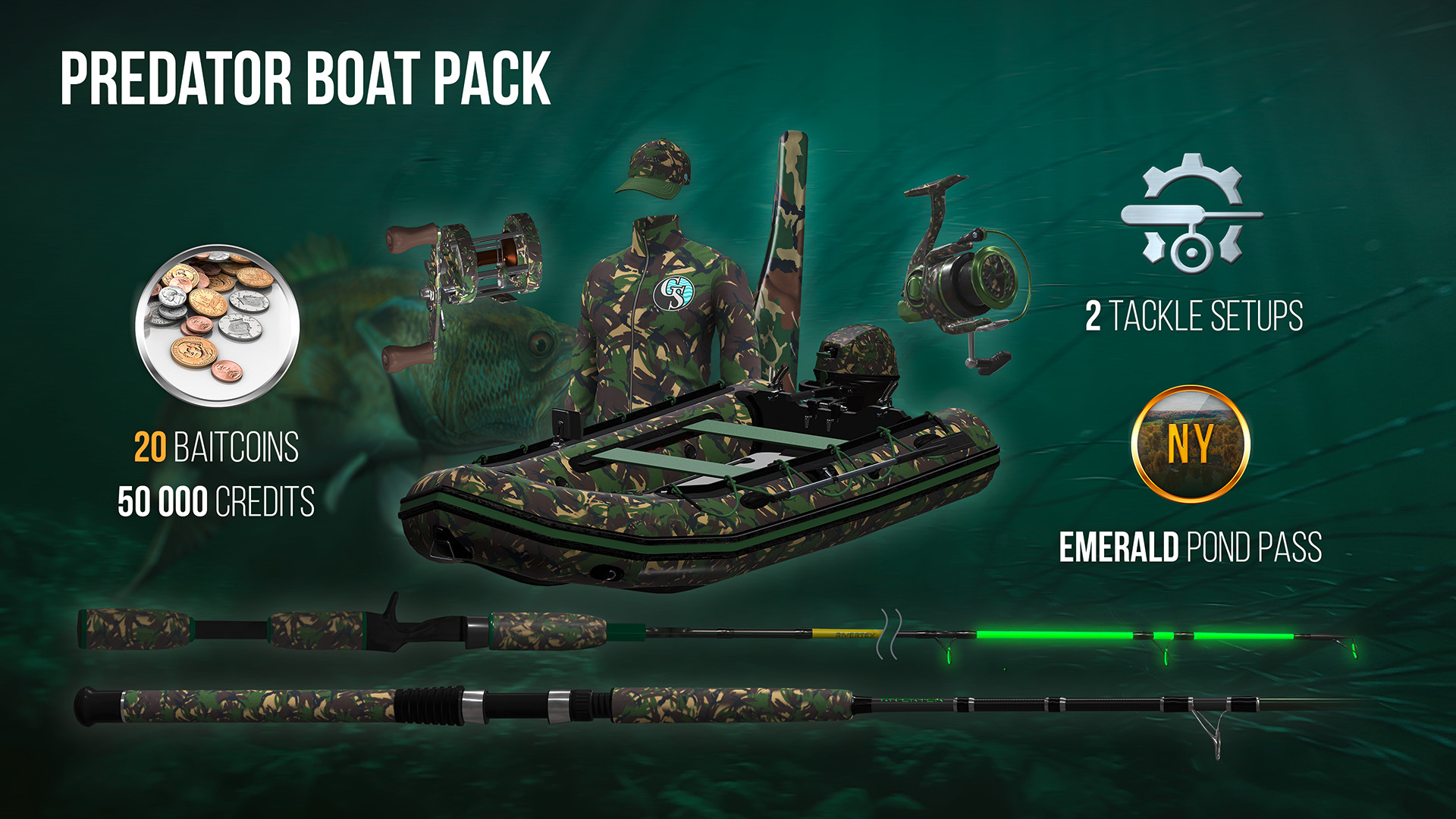

Palumbi's navigation system was off because certain islands, still recorded on older maps, had been entirely vaporised by the explosions. Over 12 years in the 1940s and 50s, the US blasted its tranquil waters and those of a neighbouring atoll with 67 nuclear weapons equivalent to 210 megatonnes of TNT – more than 7,000 times the force used at Hiroshima. Nearly seven decades earlier, this ring-shaped band of islands – formerly an archetypal tropical paradise – had been used to test the atomic bomb.

Palumbi was diving in one of the most radioactive places on Earth: the Bikini Atoll, in the Marshall Archipelago. Earlier, his team had been aboard the dive boat, about to drop anchor in a lagoon several kilometres from the nearest land, when the navigation system started "screaming" – according to its calculations, they had run aground. Small, irregular fissures are not uncommon, except this one was in a perfectly straight line – an orderly chasm at least a mile long.Īnd then there was the navigation incident. "Every time you turned around, there was something strange going on," says Palumbi. "You couldn't look in any direction without seeing one or two," he says.īut there was also an atmosphere of the abnormal – a scattering of uncanny clues that this place was different. What he and his fellow researchers found was a forgotten world of astonishing abundance – grazing herds of plump parrotfish, eight-metre- high (26ft) forests of branching corals, humphead wrasse the size of baby rhinos… and sharks. It was the summer of 2016 and Palumbi – a professor of marine sciences at Stanford University – was on an expedition, scuba diving to assess the state of an obscure patch of reef in the Central Pacific. As Stephen Palumbi looked around the deep blue water, he had the eerie impression that something wasn't right.


 0 kommentar(er)
0 kommentar(er)
